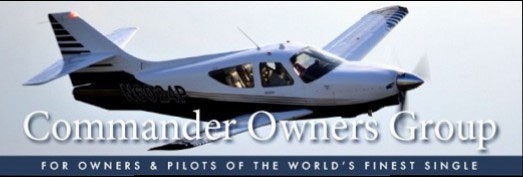Rick,
Your post is restricted and cannot be replied to. The Dynon HDX is very interesting. The autopilot integration appears solid and restrictions seem minimal. The only puzzle is how to we get the altitude restriction down to 200 ft for the Commander (typical ILS DA)? The 172 is close at 250, but the Bonanza is up at 425.
Regards,
Neal
Your post is restricted and cannot be replied to. The Dynon HDX is very interesting. The autopilot integration appears solid and restrictions seem minimal. The only puzzle is how to we get the altitude restriction down to 200 ft for the Commander (typical ILS DA)? The 172 is close at 250, but the Bonanza is up at 425.
Regards,
Neal
